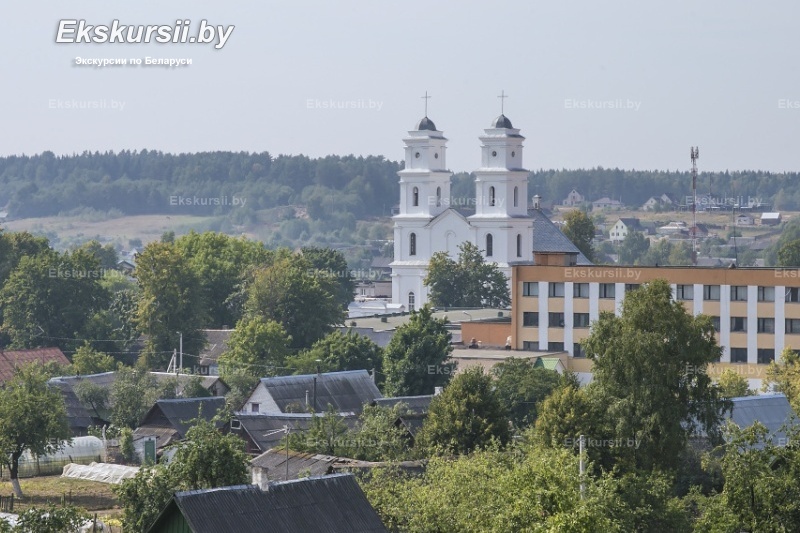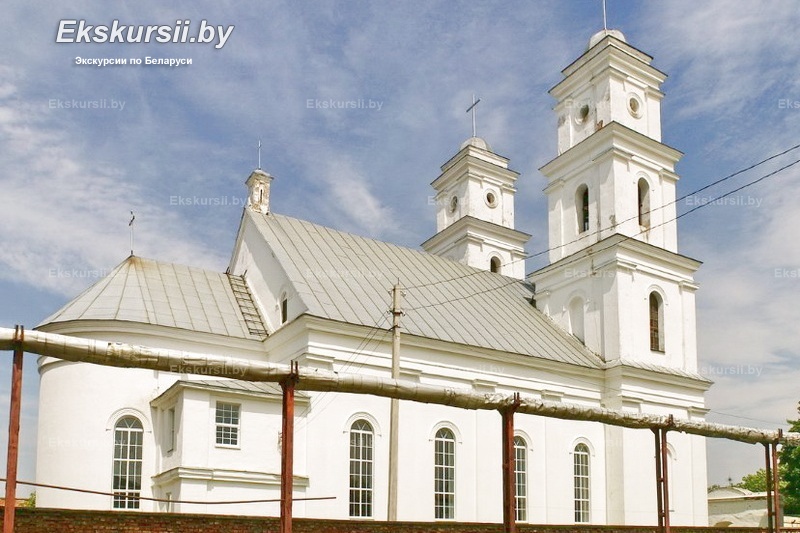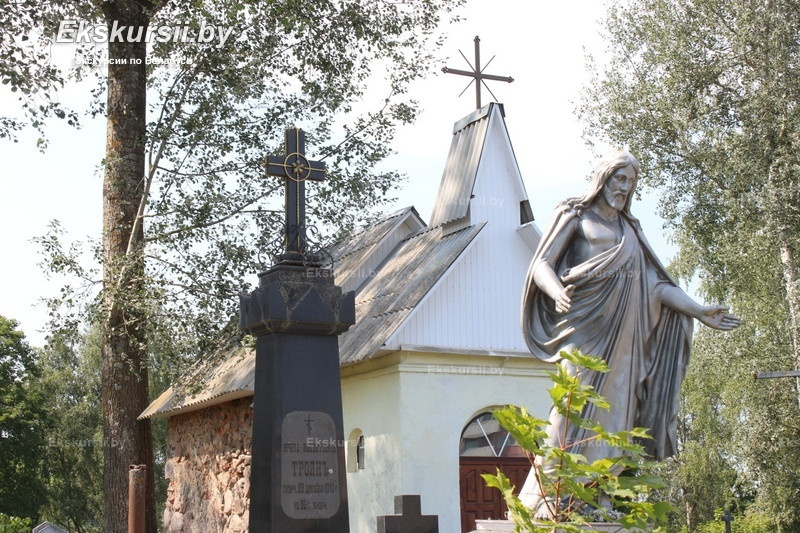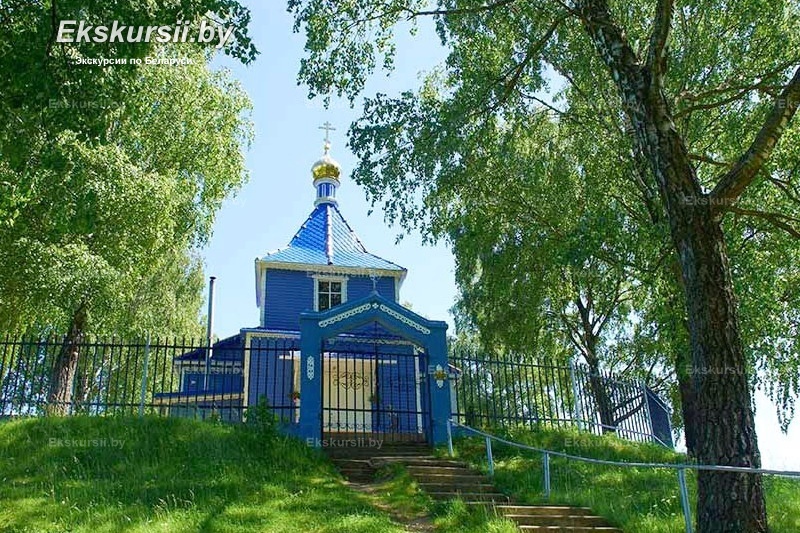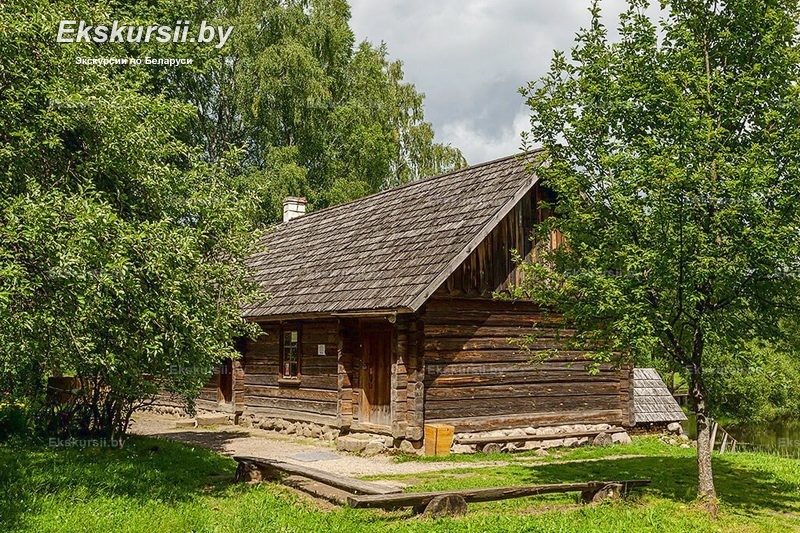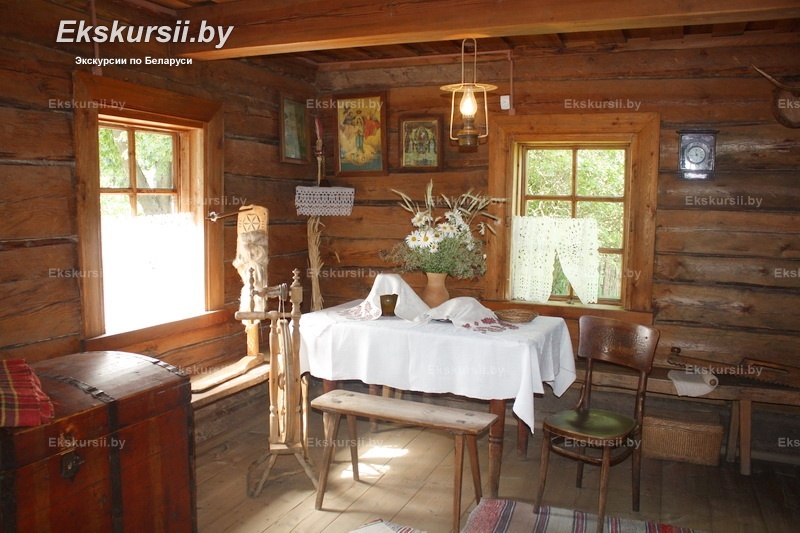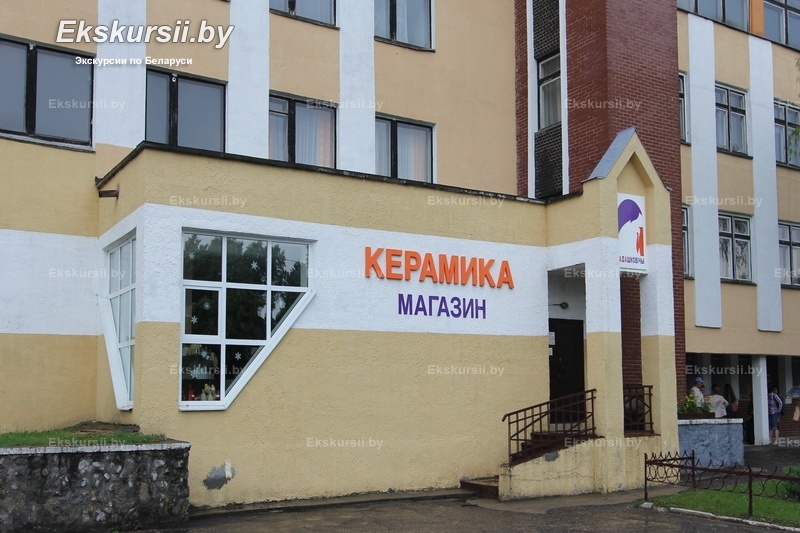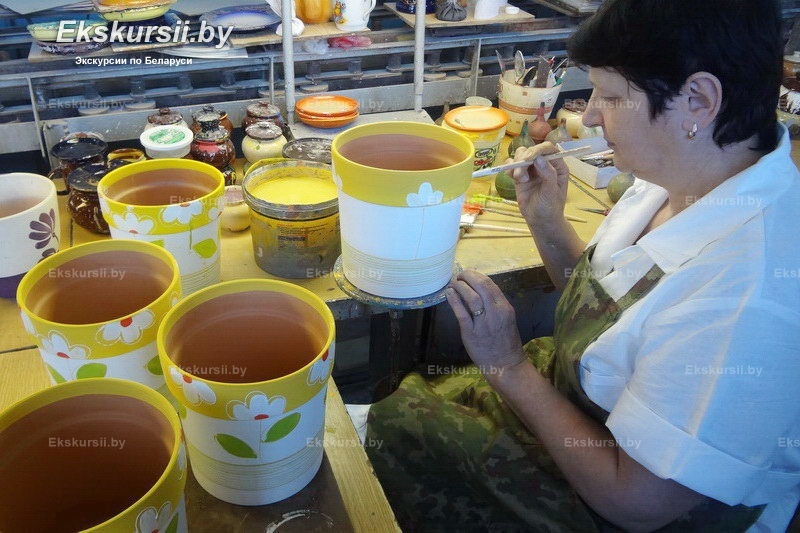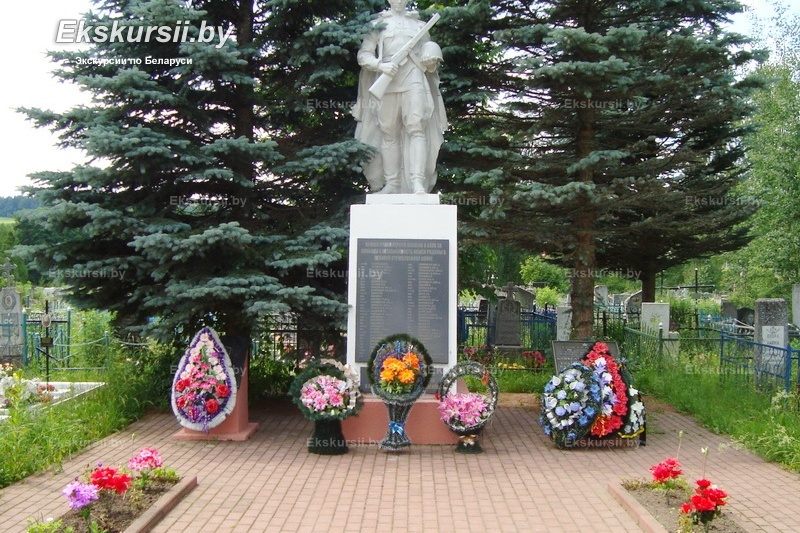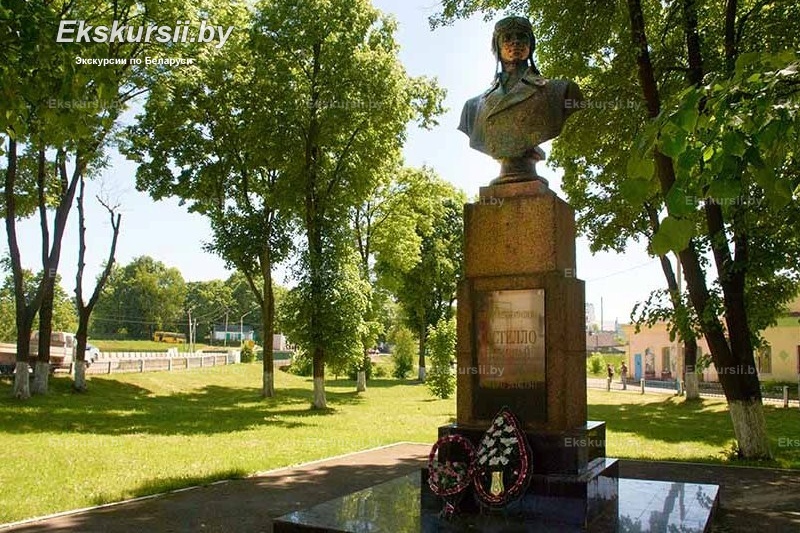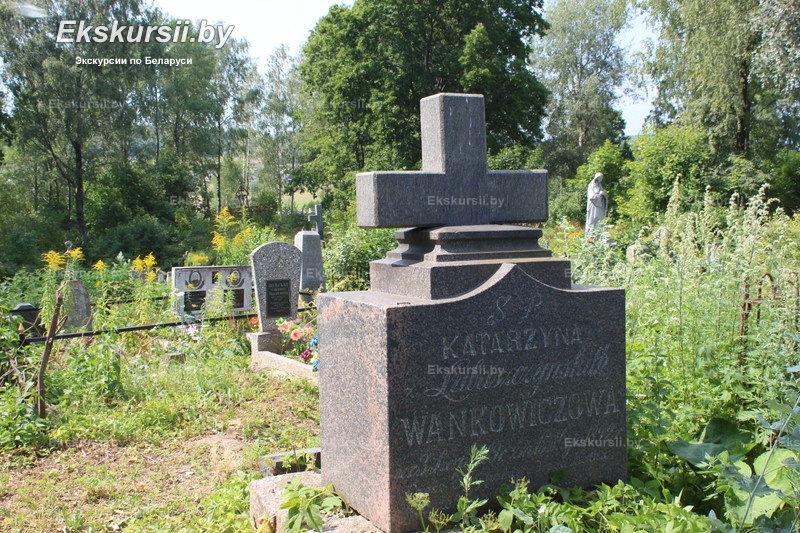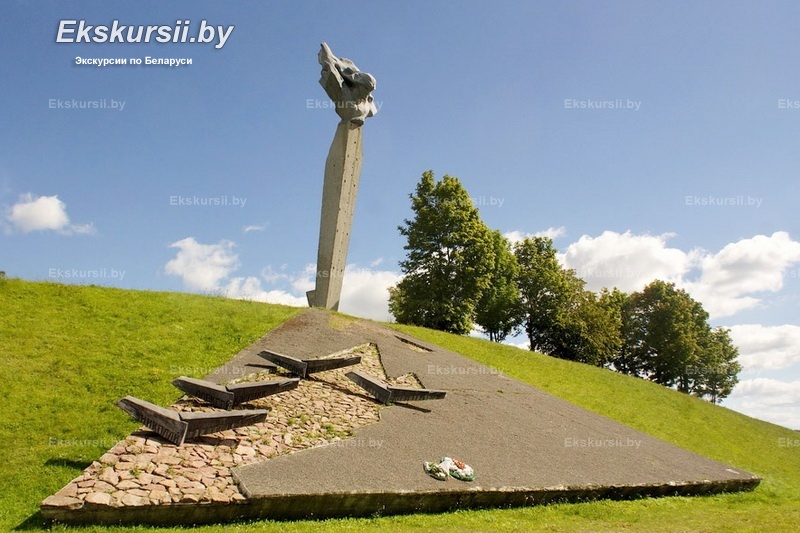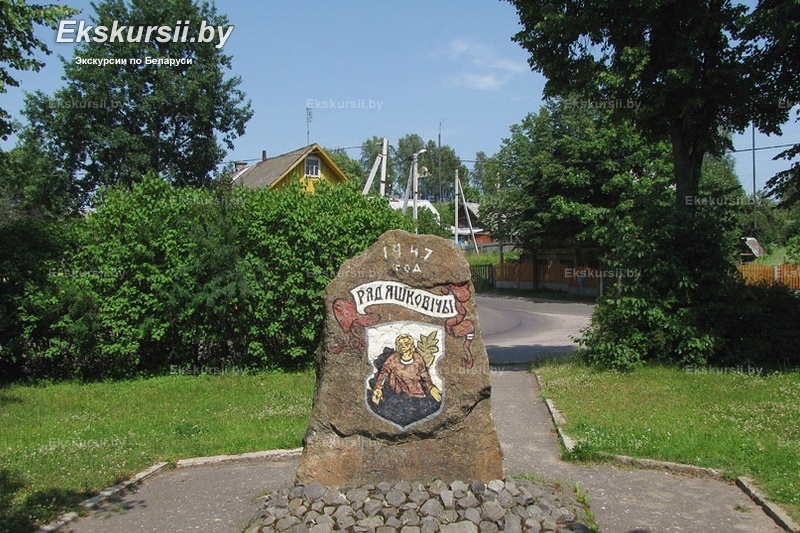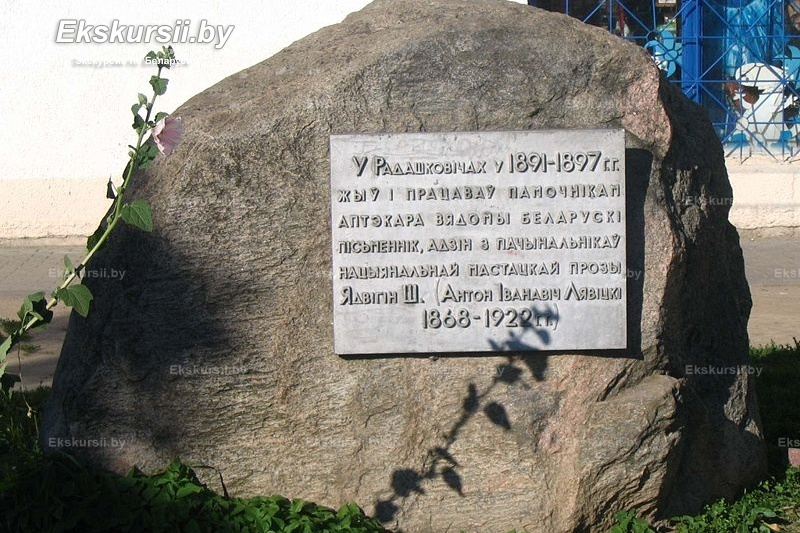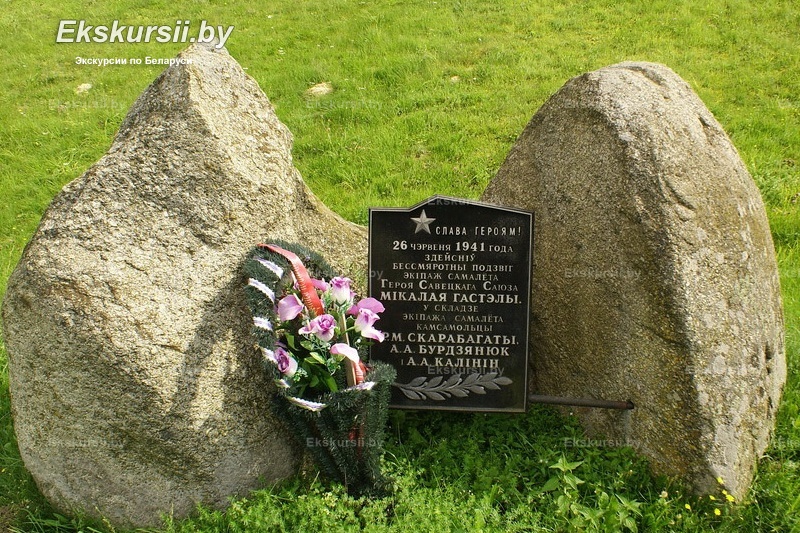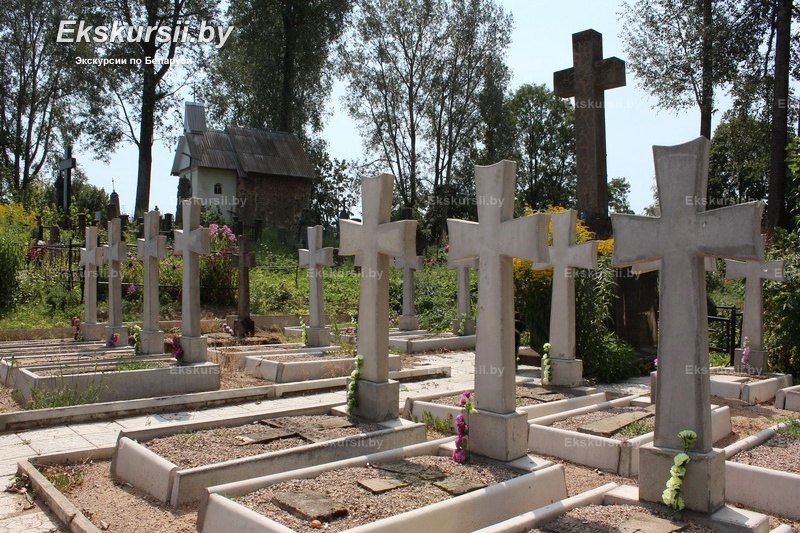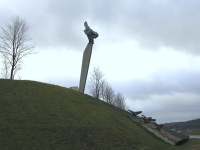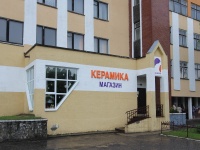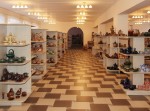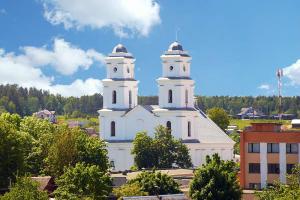History of the development
Despite the fact that Radashkovichy today is only an urban village in Molodechno District, once it was a real city with the right of self-government and had its own coat of arms. Among the owners of Radashkovichy were such famous surnames - Prince Vasily Mikhailovich Vereisky (Dmitry Donskoy's great-grandson), Vilna voivode Albrecht Gashtold, Queen of Poland Bona Sforza and magnate families the Glebovichi, Masalskie, Oginskie, Radzivilly.
Radashkovichy for the first time was mentioned in 1447, when it was decided to build a large wooden church in honor of the Holy Trinity. In the 16th century a wooden castle was built here with four towers along the perimeter and a fifth inside the castle courtyard. The castle was surrounded by water and had a suspension bridge. The castle belonged to the King of Poland and the Grand Duke of Lithuania, Sigismund II Augustus, who, however, did not come here. Already in 1549 Radashkovichy received city status, and twenty years later they were granted Magdeburg Law.
During the Northern War in 1708 the army of the Swedish king Charles XII stayed in Radashkovichy and later moved to Minsk.
In 1792, King Stanislav Augustus granted the coat of arms to Radashkovichy - the image of St. Stephen on a silver field.
The town lost its importance after the division of the Polish-Lithuanian Commonwealth in 1793. As part of the Russian Empire, Radashkovichy became the usual small town of Vileyka povet.
During the uprisings of the 30s and 60s. of XIX century there was the battle of the rebels with the royal troops here. During the First World War, a front-line of Russian troops was located in Radashkovichy, the settlement suffered from German and Polish occupation.
As part of Poland, the role of Radashkovichy has increased significantly, the city had border functions, and later became one of the main centers of the Belarusian National Revival. One of the first organizations in the Western Belarus - the Association of the Belarusian School was established here in 1921, the national poet of Belarus Maxim Tank studied there. Between 1920 and 1930, an art studio of a sculptor, artist and ethnographer Yazep Drozdovich worked here. In 1913, in the building of the fire brigade in Radashkovichy the famous work of Yanka Kupala «Paulinka» was performed.
During the Great Patriotic War the brave pilots Alexander Maslov, Nikolai Gastello and senior lieutenant Isaac Presisen made the fire rams against the fascist army near Radashkovichy.
Tourism potential
For almost 600 years of history Radashkovichy was a witnes not only of some important historical events, but also different eras. Visitting Radashkovichy and its sights is a great idea even for a weekend trip, because the proximity to Minsk allows you to get to there quickly and conveniently.
Riding to the urban village on the motoway Minsk-Molodechno you can see the towers of white Trinity Church. However, this is not the church of the Holy Trinity of the XV century, the new temple in the classicism style was built on its place in 1855-1859. Here Yanka Kupala, an outstanding classic of Belarusian literature, was baptized (his real name is Ivan Dominikovich Lutsevich) in 1882.
A small Chapel of St. John Nepomuk was preserved and later restored on the old cemetery. The construction of the chapel was begun in 1863 for the burial of a representative of a noble family Volodkovichi. The cemetery is also interesting, here you can find the graves of important people in the history of the region - the wife of Bronislav Tarashkevich, the participant of the K. Kalinovsky uprising Zigmund Chekhovich and his wife, as well as the graves of Polish soldiers with stone crosses, the common grave of soldiers of the Great Patriotic War and the monument to the crew of Captain Alexander Maslova.
Some historical buildings were preserved in Radashkovichy, together with the hilly relief they looks especially picturesque. St. Ilya Church of ХХ century is located on the top of a hill. A small Protestant church, an old Jewish cemetery, and also a memorial stone devoted to Yadvigin Sh. (real name Anton Levitsky) are worth considering.
Numerous monuments and memorials in Radashkovichy remind the events of the Great Patriotic War, among them - Monument to Nikolai Gastello's crew, who heroically rulled his aircraft to a German convoy with military equipment in 1941. Only 10 years later, it was found out that it was not a Gastello's aircraft, but the captain Alexander Maslov. Nevertheless, a 9-meter stella with a bust of Nikolai Gastello stands by the road. On the turn to the Radoshkovichsky ceramic factory there is a monument to heroes of Presizesen's crew.
Coming to Radashkovichy you should definitely visit Сeramic factory «Belhudozhkeramika», where guests will see the entire process of making ceramic products and get an opportunity to take part in clay modeling. The Museum at the factory presents all types of ceramics, produced by the plant, as well as souvenir products - vases, pots, sets of dishes and tea sets, etc. You can visit the plant as part of the exсursion Zaslavl - Radoshkovichi - сeramic factory.
In 8 km from Radashkovichy there is a Memorial Park «Vyazynka», where the Belarusian poet and publicist Yanka Kupala was born. In addition to excursion routes travelers can have a rest in the health resort organizations - health resort «Sosnovi Bor» and детский health resort «Bogatyr».
